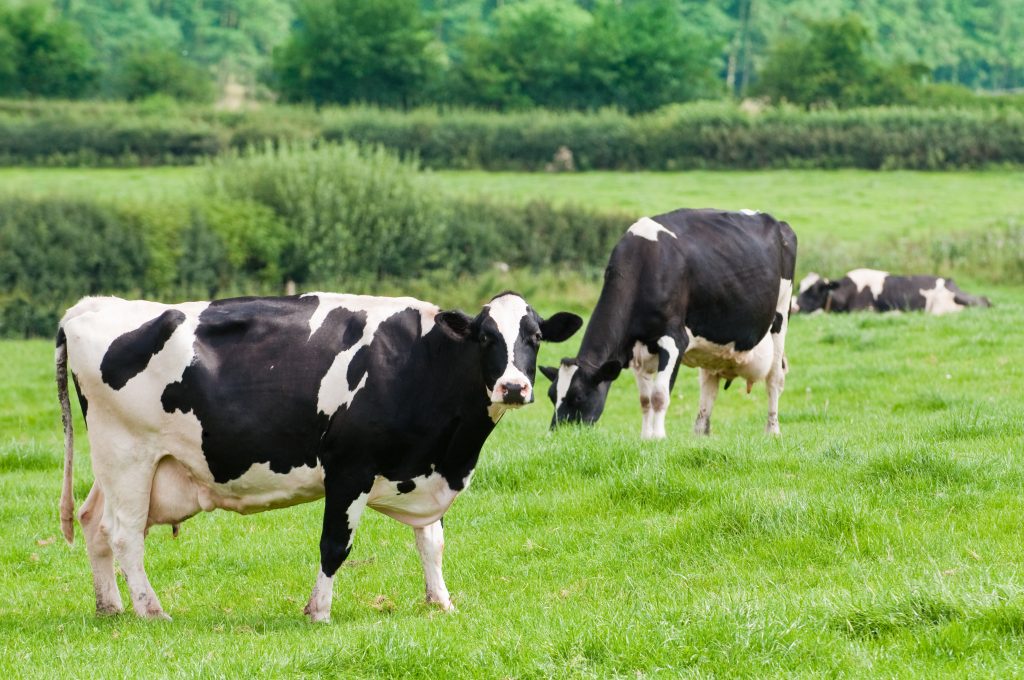Don’t underestimate the importance of dry cow management
21st August 2018
Dairy farmers are being reminded of the important role of dry cow management, in particular nutrition, when looking to secure future herd health, fertility and productivity. Nutritional advisor at Quality
Dairy farmers are being reminded of the important role of dry cow management, in particular nutrition, when looking to secure future herd health, fertility and productivity.
Nutritional advisor at Quality Liquid Feeds, Rob Fowkes, explains that 80% of problems, such as mastitis, hypocalcaemia (milk fever), retained foetal membranes, ketosis and displaced abomasums (DA), can usually be traced back to poor management during the dry period.
“Ultimately, looking after dry cows properly will lead to increased transition success with a higher milk yield, improved health and increased fertility,” he says.
Rob points out that dry cow management should start well ahead of drying off.
“Diets should be adjusted two to three months before the end of lactation to try and ensure that cows are dried off at a body condition score (BCS) of 3.
“The aim then is to try and maintain this level of condition through careful nutrition. This can be achieved by gradually increasing low D-Value forages, such as straw, to maintain rumen fill while reducing energy intakes,” says Rob.
He explains that merely adding straw to the ration is not enough.
“The ration needs to be formulated carefully to restrict energy, but also include adequate protein and essential vitamins and minerals.
“For example, a typical diet at eight to three weeks prior to calving should include, restricted grazing, or 7 to 8kg dry matter of forage, 4 to 5kg of straw, 2kg of a molasses-based supplement, such as Dry Cow Optimiser, and plenty of fresh clean water,” he adds.
“Including a supplement, such as Dry Cow Optimiser, which contains chelate of copper, zinc, selenium plus vitamin E and magnesium, will help the cows immunity at calving and reduce the risk of milk fever.”
Once the cow reaches three weeks pre-calving, it is vital to alter the ration in line with her energy demands.
“Nutritional requirements increases rapidly in the last few weeks prior to calving due to calf growth and the cow undergoing major physiological changes to help prepare herself for birth,” explains Rob.
“This means that her energy demands increase significantly. However, this is coupled with a reduced appetite as the rumen is restricted by the size of the calf,” he adds.
“Including a molasses-based supplement not only increases energy intakes, but it will also help to stick the ration together to reduce sorting, ensuring high intakes and good distribution of vitamins and minerals.”
Rob concludes that the overall health and wellbeing of the cow is also an important factor throughout the whole period.
“It’s important to create a comfortable environment for the cow including a deep bed with plenty of straw and access to water.
“The dry period is the time when you can control the future and optimise lactation performance for the next 305 days of milking. If you get this right, the cow will be healthier, milking performance and fertility will be increased, which all helps the bottom line.”

